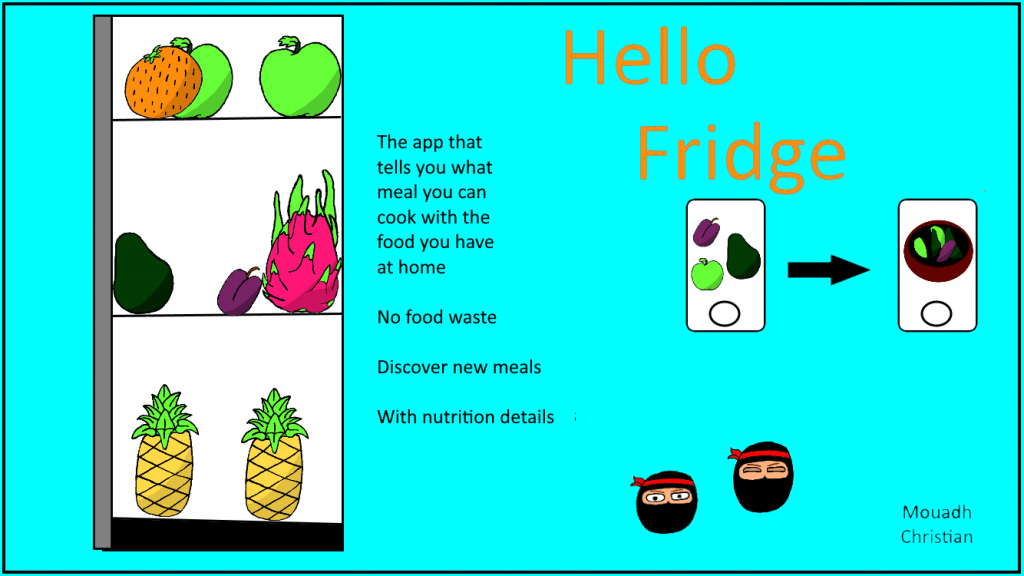- Define the goals of your data gathering session.
What do you want to find out?
Find out if there is a need for this App. Get feedback from interviewees, get more ideas.
Have deeper understanding of their current behaviour and what do they expect: how would this App improve their everyday interactions with physical activities and free time outside walks?
How often would they use it?
Could they picture themselves using the App?
Do they feel insecure about using the App while walking?
Would they like to have an offline mode which pre-saves some data in order to be able to use the app without internet? - Based on your goal, derive the kind of people you want to gather data from.
What are your participants?
Walking enthusiasts, that are new to the city.
Walking enthusiasts, that live here, but doesn’t know the city too well.
Who are you interviewing?
We will be interviewing one friend who lives in Berlin for a bit more than one year. He used to go to the gym regularly, but during lockdown his new favourite activity became daily hiking/walking around Berlin and sightseeing. - Decide on your data gathering method.
Which methods are you using and why?- Interview
An individual point of view is important and an interviewee might have some ideas on his/her own, what features are important for her. - Questionnaire
A good way to generate more data ones we know what are the most important topics that need to be acquainted.
- Interview
- What type of interview (structured, unstructured, semi-structured)?
- Interview is semi-structured.
- Questionnaire is semi-structured.
- What kind of data do you want to gather?
We want to gather valuable information that would help us better understand needs and requirements the future users of our App might have. This we do via two methods: one in-depth interview with one person from our target group, but also a short quantitative survey which would be filled by another chunk of our desired user group. - Decide how you handle the topics pilot study & data recording
We would not record the interview, but rather write notes while we conduct the talk. The questionnaire will be an online formular which we will disseminate to our targeted group, so we will then have organized data in a table, for further analysis.
Interview:
- How would you describe the scope of your sporty everyday activities?
- How would you describe your general health at this moment?
- What is your motivation for walking? Why?
- Who do you usually walk with?
- Has your behaviour concerning walks changed during the pandemic?
- What distances are you usually walking?
- How often do you take a walk per week?
- How difficult would you say the routes generally are?
- How does your walking route usually look like? Do they always differ?
- Do you listen to music while walking or are you focussed on the route?
- How far from home do you usually go to take a walk? Do you start your walk straight from where you live or do you go somewhere (by car, bike, public transport) specifically in order to have a walk?
- On a scale from 1 to 10 how well are you informed about your surroundings (natural, cultural…)? Where do you feel you could use more data?
- Do you search on the internet in order to get to know your area and the city you live in?
- Do you usually look up or prepare the route or are you open to discover new areas?
- Do you use some apps in order to orientate yourself when going for a walk? Which ones?
- How do you feel about the idea of having an app which provides routes with nice sceneries for walking?
- What would you change it the Koomot app to make it better for your usage?
- Would you like to receive interesting facts, in the form of push notification, about your surroundings while walking?
- Is there anything else you would like to add?
The interview took around 30min. Those questions were just a starting point for a conversation. The answers were collected by writing notes during the interview, and improving them afterwards.
Questionnaire:
This is the questionnaire that we have disseminated in our community: https://docs.google.com/forms/d/e/1FAIpQLSfTPrB_u4pLkw10Ci1R9CT3WBkAz2iArutgk6ejpvcr3y-1ew/viewform
We have 56 answers, 50% of which are from those who identify as male, and 50% female.
Assignment reflection:
In this assignment we learnt more about different techniques of data gathering for the project. The three of us, together, came up with the interview questions and questionnaire, meaning we decided in team on the main points and ideas we want to get from this step of our research pipeline. One team member conducted the interview alone, since, due to the pandemic, it was not possible otherwise. We do not see any things that went wrongly. In our opinion we got what we wanted, we learnt some valuable information for our app from both interview and the questionnaire.




